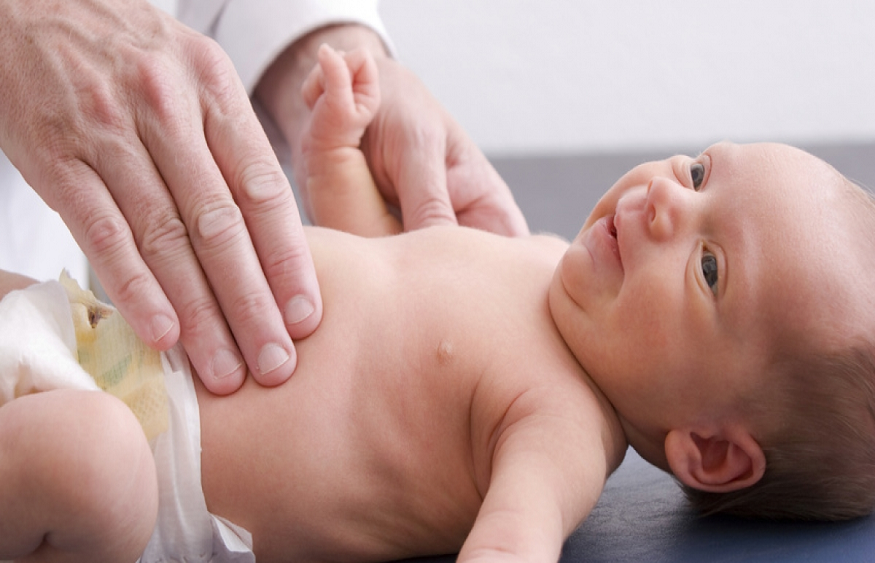Childhood rickets is a disorder that is practically eradicated in first-world countries. However, it is still often seen in children living in poverty, even in small population areas within Spain, where a deficiency of vitamins and minerals may still cause an isolated case and a poor diet.
A few decades ago, rickets and osteomalacia were more frequent when children did not have enough food to cover their nutrient needs and parents did not have the guidelines to feed them correctly. Today, if there is any case in our country, it may be due to rickets in premature babies or a specific condition that prevents the correct feeding of the child, but they are unlikely.
The most specific definition of rickets is an abnormal Softening of the bones in children, which, if not treated, can lead to deformities, especially in the limbs, which manifest themselves for life in the Adult stage.
Causes:
A deficiency of vitamin D causes childhood rickets in the child’s diet or poor production of this vitamin in their skin. It can be obtained through food or produced when sunlight strikes the child’s skin.
The children most likely to suffer from rickets are those who live in poorer areas, where their diet may be deficient in vitamins such as vitamins C, A, and D and minerals such as calcium, and also those children who live in places where exposure solar is limited, or children who never go outside and do not receive the sun’s rays directly on their skin.
Rickets can also occur in adults, but it is called osteomalacia, with problems similar to those we can find in children, but caused above all when the person has issues absorbing certain nutrients that participate in the formation and maintenance of density of the bones. This problem can also occur in children. It is usually the leading cause of childhood rickets in first-world countries where children have adequate nutrition and the sun does not impede producing vitamin D in their skin.
Symptoms of childhood rickets
It is tough to detect when children start in the early stages of this condition since there is no apparent problem. Bone pain and bone deformities begin when the disease is well advanced, and it is then that we will notice the first symptoms against which we will have to act quickly and with determination.
Children in the first phase of rickets who notice the symptoms will present cramps and minor nervous tics, especially in the extremities that bother them. We can see contractions in the hands and feet since the blood has low calcium levels, which directly affects the muscles.
We can also see that children’s bones do not finish hardening correctly for their age, especially the head bones. It prevents children from continuing their development, learning to crawl and walk with much more difficulty than others. Children of the same age because they feel pain in their legs.
Rickets in premature babies
When the child already walks, if we have not detected childhood rickets in time, we can see that his legs are bowed, his spine is not entirely straight, and his body arches abnormally. The ankles are shown wider than usual, and the teeth will take longer to erupt than they should. Because their bones are so weak, they cannot support the entire body’s weight. If we do not do something as soon as possible, the posture will not be able to be completely corrected, and children will be more prone to fractures and suffer severe osteoporosis levels when they are older.
Diagnosis and treatment of rickets
The most accurate way to diagnose childhood rickets is through X- rays, where you can see the bones’ deformation and a better bone mass density. By determining the concentrations of calcium, phosphorus, and vitamins in the bones and blood, we will know if the child has a lower density and thus apply the most appropriate treatment.
It is essential to know the difference between rickets and osteoporosis since osteoporosis is a disease that has occurred after a long time, with lower bone density, and rickets is still in time to be treated as long as it is detected at the right time in children.
When a nutritional deficiency causes rickets, the best way to treat it is by supplementing vitamins and minerals that are deficient in the child. By applying dietary supplements of vitamin D and calcium to the child, we can prevent problems from escalating, improving the state of their bones, which will develop correctly as long as we treat them in time.
It is essential that children also expose themselves to the sun at any time of the year so that the production of vitamin D naturally is also optimal.
Prevent rickets in children
The best way to avoid and prevent rickets in children is to follow a proper diet containing foods rich in vitamin D and calcium. The best source is milk and dairy products, although these nutrients can also be found in many other animal and plant foods.
To avoid childhood rickets, children should also go outdoors at any time of the year, constantly exposing themselves to the sun’s rays with adequate protection to produce vitamin D in their skin and avoid sunburn that can be caused by other skin damage.

